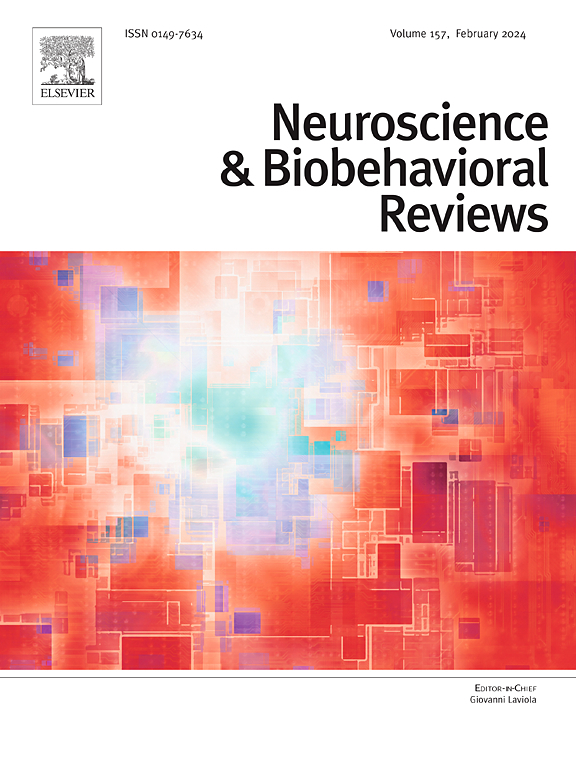Comparative perspectives on mother-infant communication in primates: Are humans unique?
IF 7.5
1区 医学
Q1 BEHAVIORAL SCIENCES
引用次数: 0
Abstract
Human cognition is often claimed to be unique within the animal kingdom. Comparing infant development across primate species to examine maternal interactions is a promising approach to understanding potential cognitive differences between humans and other primates. In this review, we focus on the communicative interactions between mother-infant dyads in nonhuman primate species and humans from different cultural backgrounds, as these interactions are crucial for infant survival, the formation of emotional bonds, and cognitive development. We explore different aspects of mother-infant communication, including the dynamics of these interactions, intra-species variation in mother-infant communication across groups and individuals, and the potential role of other caregivers. Additionally, we address current methodological challenges, such as the underrepresentation of multimodal approaches in studying mother-infant communication and the need for standardized methods to facilitate systematic comparisons across species and study populations. We conclude that it is currently premature to answer the question if human mother-infant communicative interactions are fundamentally different as compared to those of other primates, as critical knowledge gaps must be filled first. We address some of these gaps and propose key aspects that need to be examined to develop a more comprehensive understanding of mother-infant communication across primates and its potential influence on infants’ developmental trajectories.
灵长类动物母婴交流的比较研究:人类是独一无二的吗?
人类的认知能力通常被认为是动物王国中独一无二的。通过比较不同灵长类动物的婴儿发育来研究母体之间的相互作用,是理解人类和其他灵长类动物之间潜在认知差异的一种很有前途的方法。在这篇综述中,我们将重点关注来自不同文化背景的非人灵长类动物和人类的母子二联体之间的交流互动,因为这些互动对婴儿的生存、情感纽带的形成和认知发展至关重要。我们探讨了母婴交流的不同方面,包括这些互动的动态,群体和个体之间母婴交流的物种内变化,以及其他照顾者的潜在作用。此外,我们还解决了当前方法上的挑战,例如研究母婴交流的多模态方法代表性不足,以及需要标准化方法来促进跨物种和研究群体的系统比较。我们的结论是,目前回答人类母婴交流互动与其他灵长类动物相比是否存在根本不同的问题还为时过早,因为必须首先填补关键的知识空白。我们解决了其中的一些空白,并提出了需要研究的关键方面,以更全面地了解灵长类动物的母婴交流及其对婴儿发育轨迹的潜在影响。
本文章由计算机程序翻译,如有差异,请以英文原文为准。
求助全文
约1分钟内获得全文
求助全文
来源期刊
CiteScore
14.20
自引率
3.70%
发文量
466
审稿时长
6 months
期刊介绍:
The official journal of the International Behavioral Neuroscience Society publishes original and significant review articles that explore the intersection between neuroscience and the study of psychological processes and behavior. The journal also welcomes articles that primarily focus on psychological processes and behavior, as long as they have relevance to one or more areas of neuroscience.

 求助内容:
求助内容: 应助结果提醒方式:
应助结果提醒方式:


